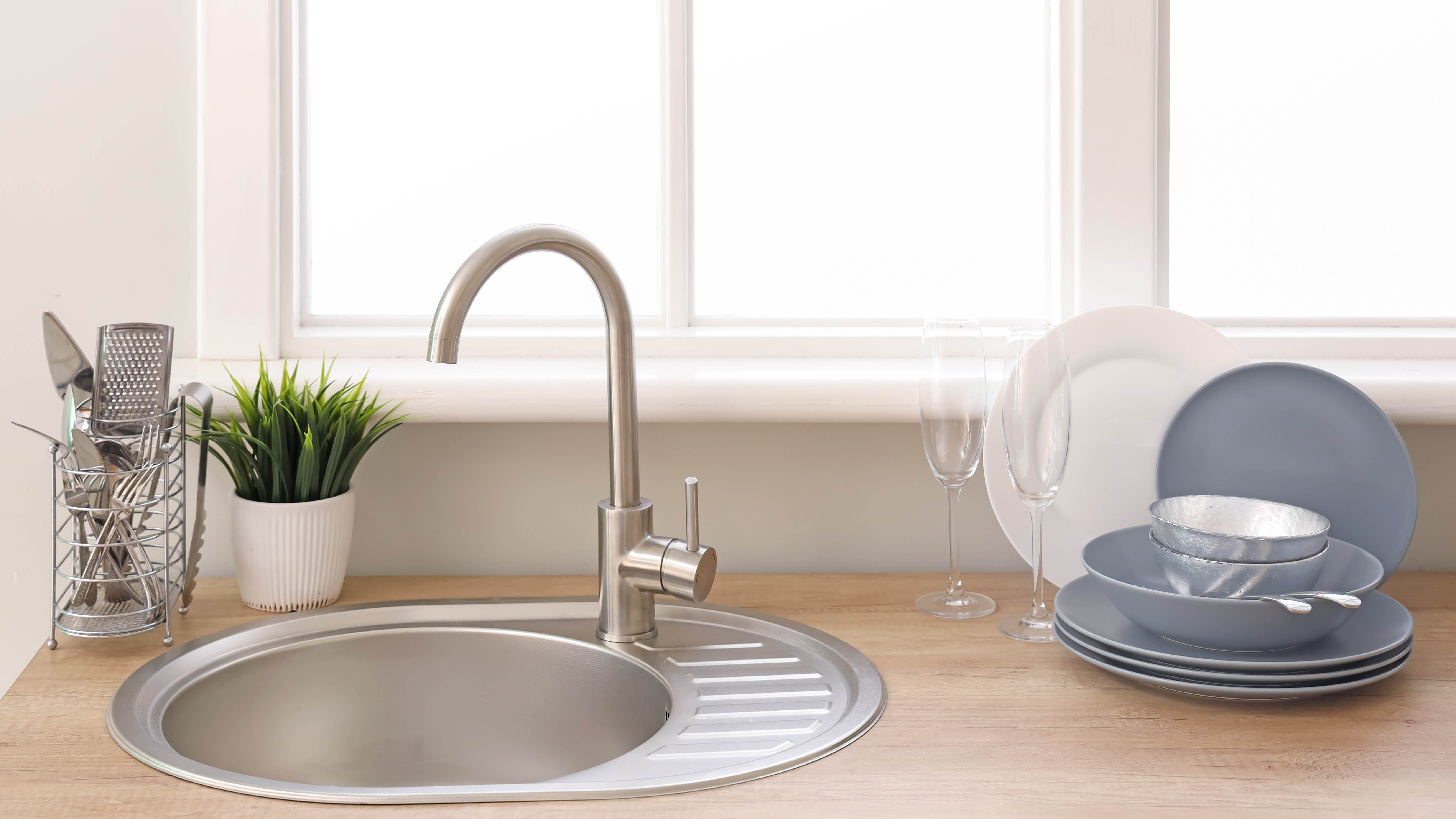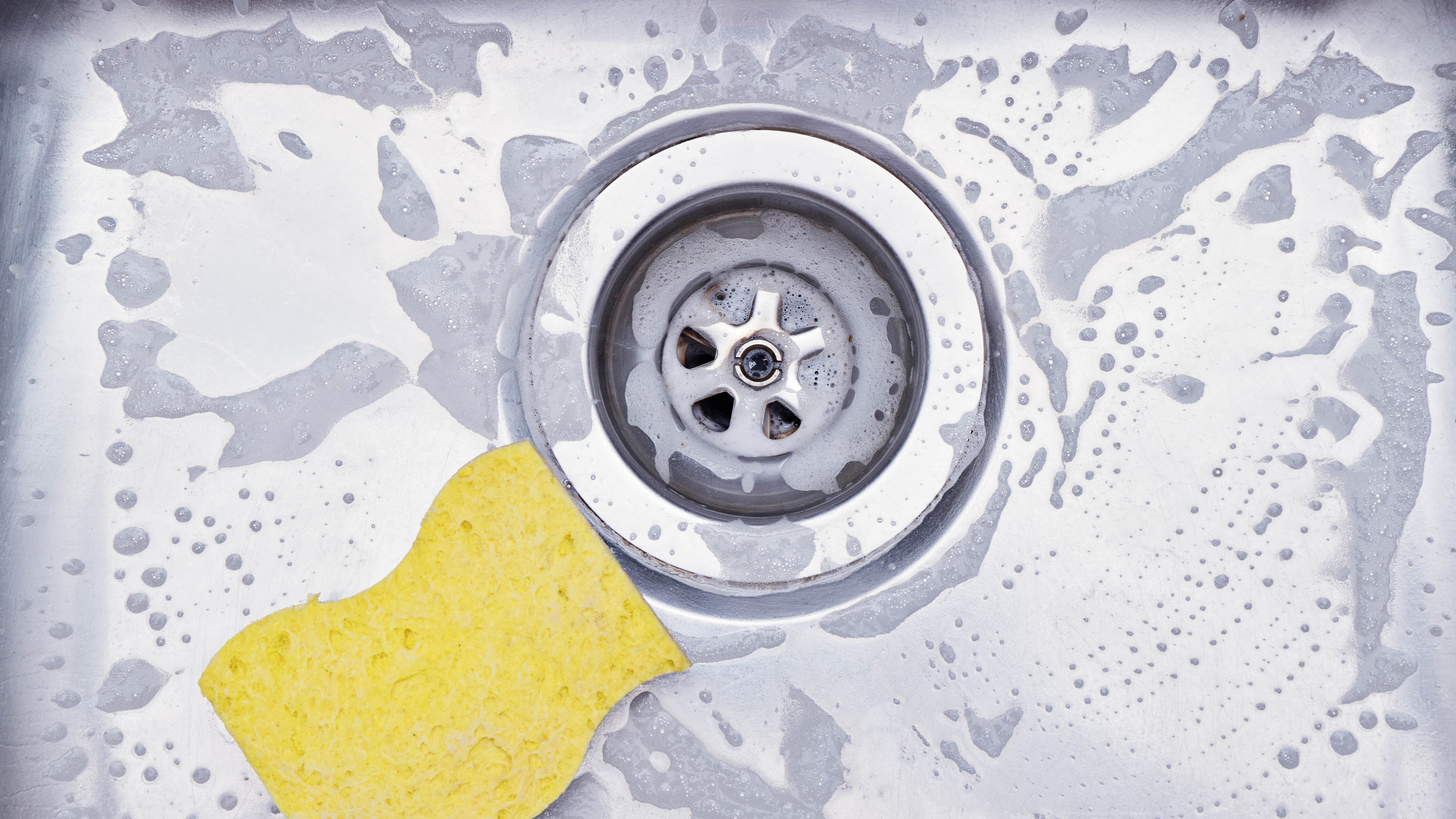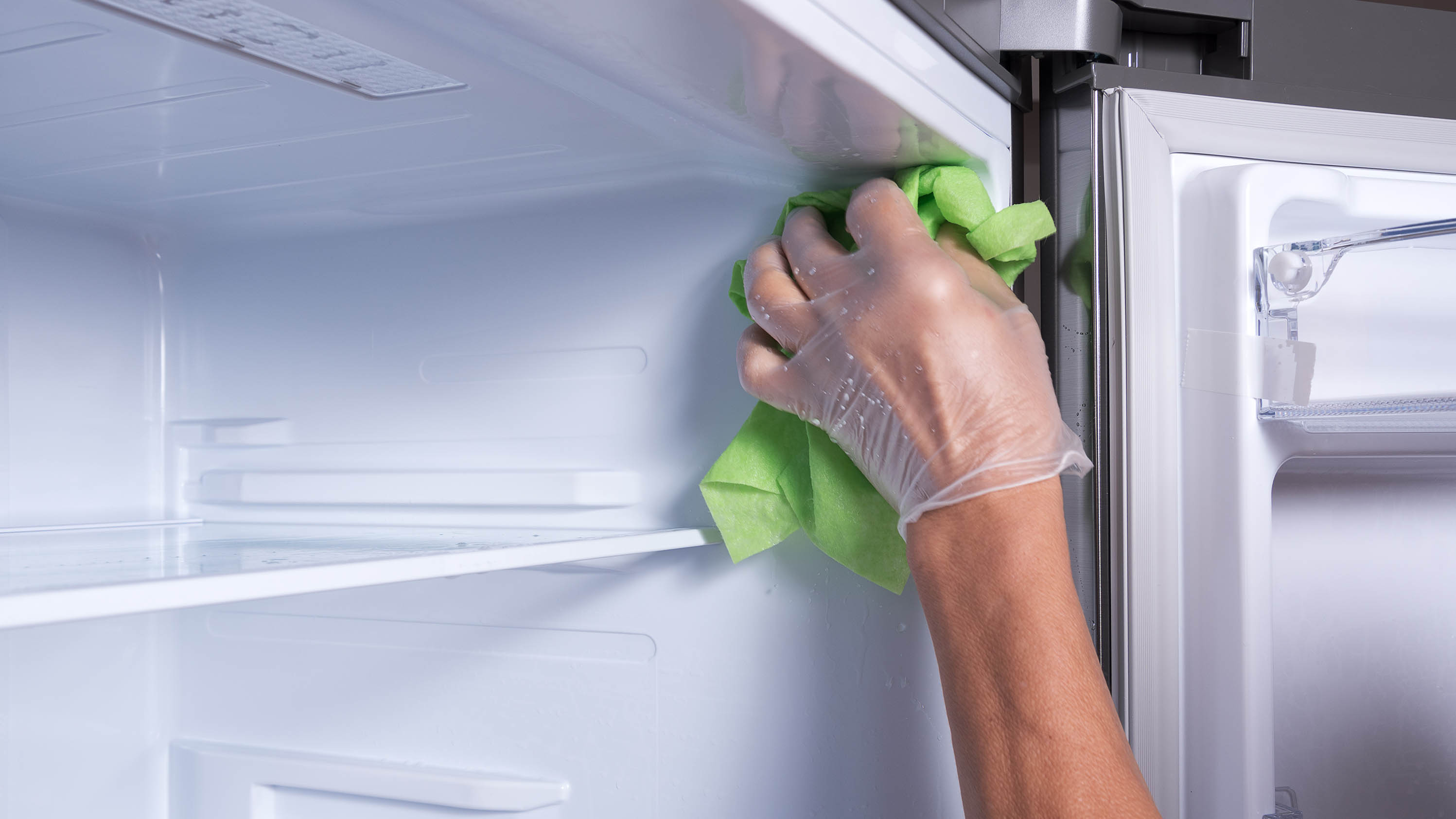3 surprising things in your kitchen that are 'dirtier than your toilet'

There are few spaces in the home that get as much use as your kitchen. Be it cooking up delicious meals or even making a cup of Joe on your favorite espresso machine, you want to make sure it stays clean and hygienic. But, while you might think you’re on top of your cleaning game, experts have warned that there are some things in the kitchen that are actually dirtier than a toilet.
You'll often handle a range of different ingredients in your kitchen every day, so it probably shouldn't be such a surprise that, according to cleaning experts, your kitchen is full of hidden hotbeds for breeding a bacteria build-up. These all require thorough cleaning to ensure that you keep them free of grime and bacteria, especially because we all benefit from keeping our kitchens free from bacteria and nasty germs.
So the next time you’re cleaning, pay close attention to these 3 surprising things in your kitchen that are "dirtier than your toilet". And be sure to avoid these kitchen cleaning mistakes you’re making right now.
1. Kitchen drain

Considering how often clean water runs into the sink, the kitchen drain is one of the key places "known to be dirtier than the average toilet seat”, according to experts. “The kitchen sink is a common place for bacteria to build, this is due to it being one of the most used components in your kitchen,” says Joshua Houston, Property Expert at Household Quotes. “It’s the place where people tend to wash foods including; meats, fruits and vegetables which can lead to contamination.
In addition to this, plates, utensils and pans are washed here, which is another way nasty bacteria gets around your sink bowl. This area needs to be cleaned at least once a day, it requires strong chemicals to get rid of the harmful bacteria, as that being ingested by someone could be deadly.”
What’s more, we often forget to wash the drains out thoroughly after use, which leaves a build-up of grime and breed bacteria during the day. Plus, any food particles or grease residue can clog up your sink, which means you’d need to know how to unclog a drain.
Be sure to disinfect your sink daily, paying close attention to the sink handles and faucets that are a breeding ground for germs.
Get instant access to breaking news, the hottest reviews, great deals and helpful tips.
2. Refrigerators

Our refrigerators may be our favorite go-to place in the kitchen, but it’s also one of the dirtiest. In fact, not cleaning it as often as we should is one of the common refrigerator mistakes we all tend to make.
“The importance of a fridge when it comes to food storage is common knowledge, but what many people don’t know is bacteria can easily build up here,” states Houston, “Food and drink can leak and if not properly cleaned it can be left in the fridge for weeks on end, allowing mold to form. This is extremely dangerous as there is a high chance that the bad bacteria from the outdated food could be transmitted onto the fresh food you’re planning to eat. You should aim to clean out your fridge at least once a week.”
If the inside of your refrigerator isn’t cleaned properly, bacteria can produce mold that will travel around your fridge and infect other foods. Before you master cleaning a refrigerator and banishing odors, first, take out all the drawers and shelves before disinfecting the areas, and remember to wipe any spills or leaks immediately. Other germ collectors include water dispensers and ice makers, which often gets neglected.
Baking soda is a great, natural ingredient that gets rid of smelly odors in your fridge. Simply leave an open box at the back of your fridge or pour in a small dish. This should absorb the bad odors and maintain its fresh smell.
3. Dish sponges

Even if you own one of the best dishwashers, you’ll still need to hand wash those delicate items. But, if you think your trusted soapy sponge is an obvious, germ-free item, it’s actually one of the dirtiest things in your kitchen.
While it’s busy working on getting things clean, it’s also picking up hundreds of bacteria species. This is due to being highly porous and always damp — which is the perfect breeding ground for e-coli, micro-organisms, or even mold spores.
“When it comes to washing up, you have to use a sponge to ensure your dishes and utensils are nice and clean,” agrees Houston. “However, this leads to nasty bacteria being transmitted to the sponge which will be used on every single piece of equipment. So change your sponge regularly, ideally every week. It should also be rinsed out after every use to make sure it doesn’t become nasty.”
In addition, you could opt for a good antimicrobial sponge such as these Skura Style Smart Kitchen Dish Sponges ($26, Amazon), that are odor free and non-stick.
Skura Style Smart Kitchen Dish Sponges: $26 @ Amazon
These sponges are like no other. Made from a highly absorbent polyurethane foam, these are odor resistant and non-scratch. Unlike other sponges, these rinse clean without any gunk. What’s more, they have a handy indicator/monogram that fades whenever it’s time to replace.
More from Tom's Guide
- Here’s how to clean a dishwasher
- How to clean a glass stove
- Here's how to clean with vinegar without the smell

As the Homes Content Editor, Cynthia Lawrence covers all things homes, interior decorating, and garden-related. She has a wealth of editorial experience testing the latest, ‘must-have’ home appliances, writing buying guides and the handy ‘how to’ features.
Her work has been published in various titles including, T3, Top Ten Reviews, Ideal Home, Real Homes, Livingetc. and House Beautiful, amongst many.
With a rather unhealthy obsession for all things homes and interiors, she also has an interior design blog for style inspiration and savvy storage solutions (get rid of that clutter!). When she’s not testing cool products, she’ll be searching online for more decor ideas to spruce up her family home or looking for a great bargain!

